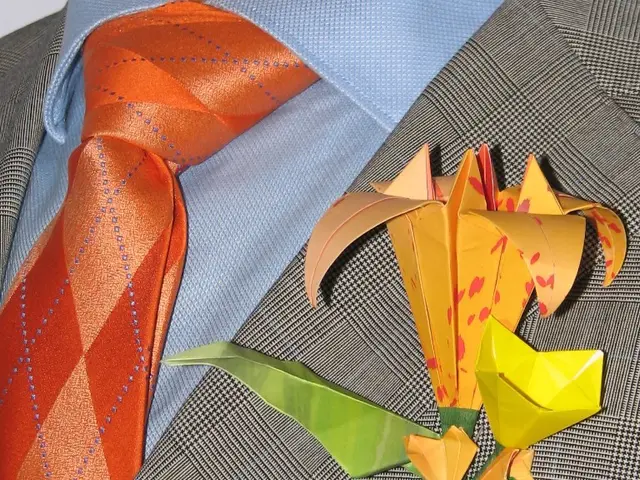Urban Blossoms: A Vibrant Haven for Nature and City Dwellers
Urban blooms thriving: Vibrant gardens bring joy to city dwellers and wildlife alike
In the concrete jungle of cityscapes, where the hum of crowd and skyscrapers dominate the air, a way to reintroduce nature emerges—flower meadows. These colorful pockets of greenery, sprouting like bouquets amidst the city's sea of concrete, offer an ode to harmony and a soothing balance. Beyond their aesthetic appeal, they serve as vital elements of urban ecosystems, providing much-needed oases for pollinating insects and boosting local biodiversity.
Compared to traditional lawns that demand regular mowing, fertilizing, and watering, flower meadows are a low-maintenance delight. Their upkeep is minimal, limited to the occasional mowing and weed removal, saving precious time, water, and cash.
Flower Meadows: A Marriage of Diversity and Function
Flower meadows don't follow a single pattern. They come in different hues, heights, growth rates, and purposes, making the perfect fit for various urban settings. Factors like area size, soil conditions, and desired impact play a crucial role in choosing the right meadow.
Based on the blooming period, we can categorize three main types of flower meadows:
- Annual Meadows:
Brimming with color and variety, annual meadows are a delight to behold. One season is all they remain, but they compensate with their myriad of flower species and shapes. A great choice for curiosity seekers, annual meadows can be easily changed every year, offering new compositions and a continuous exploration of diverse flora.
- Perennial Meadows:
These meadows offer longer-lasting blooms and a living tapestry that evolves over time. They might require a little more patience, but the payoff includes increased drought resistance and greater appeal to pollinators. With a longer lifespan and further development, perennial meadows call for more care and investment but deliver attractive returns.
- Mixed Meadows:
A harmonious blend of the two, mixed meadows enhance the blooming period and provide a more diverse display. Adding annual flower seeds to a perennial meadow enables a lavish bloom in the first year and cater to different blooming seasons.
There are specialized flower meadows too, like:
- Butterfly Meadows: Featuring plant species that lure butterflies.
- Bee Meadows: Rich in plants that provide sustenance to bees, be it nectar or pollen.
- Herbal Meadows: Imbued with herbs that boast medicinal or culinary benefits.
Choosing the ideal flower meadow often rests on your preferences and the conditions at hand. Consider your available resources, the desired impact, and how much time you'd like to spend on maintenance.
Home-and-garden enthusiasts looking for a low-maintenance, vibrant addition to their urban lifestyle might find flower meadows to be an enchanting alternative to traditional lawns. These meadows, brimming with diverse flower species, can serve a myriad of functions, from boosting local biodiversity to providing a haven for pollinating insects, thereby finding an elegant marriage of aesthetics and functionality within the cityscape.








